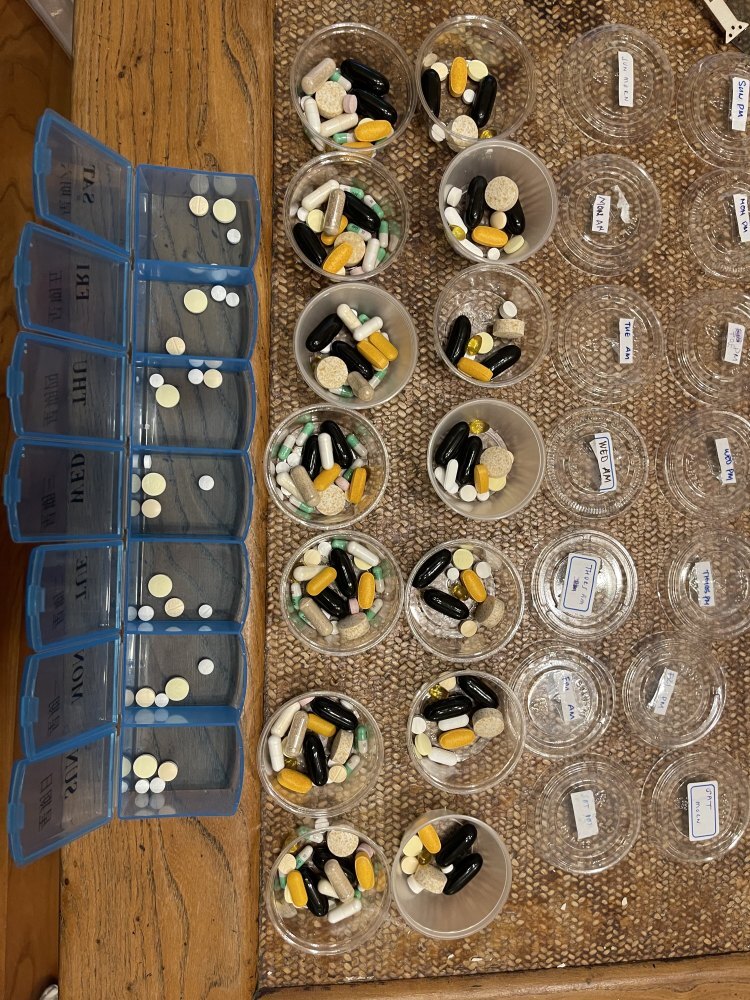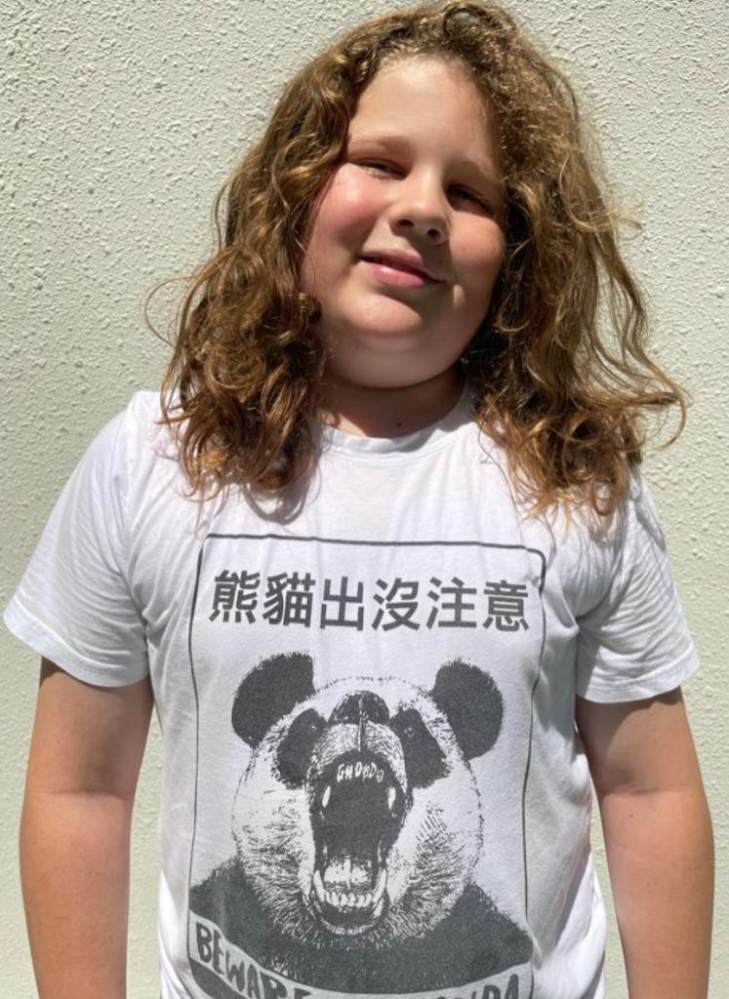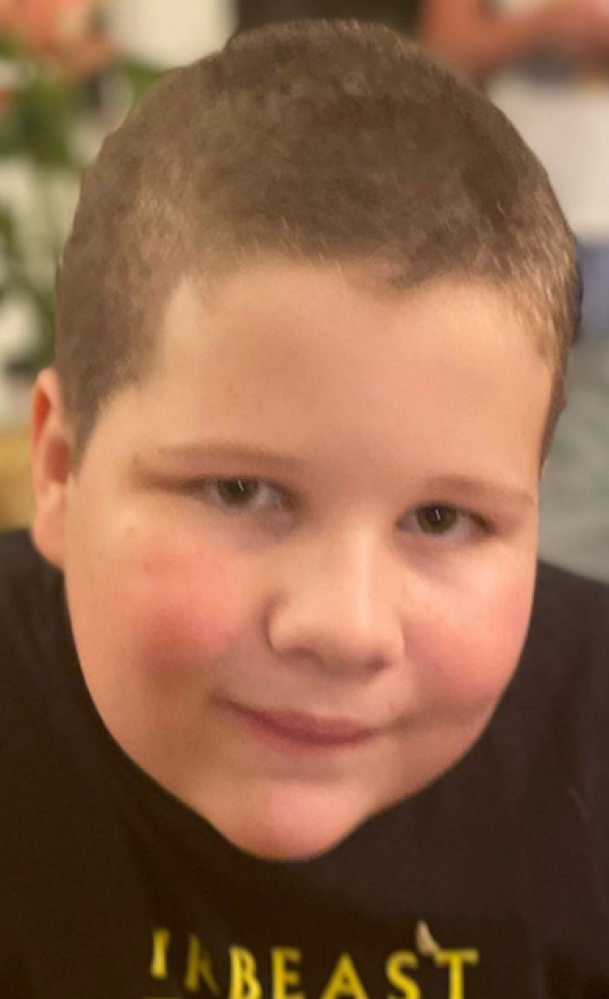
Explainer | Pandas – how the condition can drastically change a child’s behaviour. A Hong Kong family shares their story
- When their son had a dramatic change in personality and behaviour, Katy and Ben Chandler sought help for nearly two years before he was diagnosed with Pandas
- Weekly therapy sessions, drugs and supplements helped with symptoms such as OCD, chronic fatigue, ADHD and oppositional defiant disorder
On a family trip to Singapore in October 2018, Katy and Ben Chandler witnessed a stunning change in their eight-year-old son Sam’s behaviour.
Katy had been watching over Sam and his younger siblings at the hotel swimming pool when he underwent a sudden transformation and became an unmanageable and defiant child.
“He was normally a well-behaved and gentle boy,” his mother recalls. Unable to control Sam, she called her husband to help.
Some time later, she would recall that Sam had also developed a facial tic – a sign of a little-known condition called paediatric autoimmune neuropsychiatric disorder associated with streptococcus, or Pandas. Sam would not be formally diagnosed with this condition for nearly two years.

On their return home to Hong Kong, they took Sam to see a psychologist. His behaviour improved for a short time, and they thought the therapy was working.
Sam developed a strep infection on a trip to Japan that Christmas – and his symptoms returned. He became rigid, refusing to eat certain foods – and he was highly emotional and aggressive, lashing out and throwing objects.
Viruses vs bacterial infections: how can you tell the difference?
After the holiday, his stress and anxiety levels remained high and every day became a battle to get him to go to school. He found it difficult to focus and his handwriting became illegible, his parents recall.
“It is frightening to experience the happy, sociable child you once knew being cruelly taken away,” says Katy, recounting how Sam no longer wanted to attend school activities or join events.
He developed separation anxiety, which made it hard for Katy to leave him to go about daily tasks, work or exercise.

Obsessive compulsive disorder (OCD) took hold. During the pandemic, he went through a period in which he felt compelled to bake every day. He also went through a sugar-craving phase, in which he ate spoonfuls of it from bags he had hidden in his room.
“When we took it away, he would knock on the neighbour’s door to borrow sugar, or steal money and sneak out to the shops,” Katy said. After an episode, Sam was always remorseful and sad about his behaviour.
“Sam would steal our credit card and just spend copious amounts of money,” his father, Ben, said. He once took all the Japanese yen in the household, converted it into Hong Kong dollars and bought himself the latest Apple iPhone. “When we asked him ‘Why did you do that?’ he would just say it was to get back at us.”
Why Hong Kong children reach extremes before they are diagnosed with ADHD
“When [an episode] happens I’m aware of what’s going on, but I feel like I can’t control what I do; it’s like being a puppet and someone else is controlling [me],” says Sam. “I knew it was wrong, but could not stop myself from doing it.”
Katy and Ben had sought help for Sam from doctors, therapists and psychiatrists in Hong Kong, the UK and Australia. Finally, a Hong Kong-based family doctor had the idea to run a blood test that would help put a name to Sam’s condition.
What is Pandas and what are its symptoms?

“The symptoms are usually dramatic, happen ‘overnight and out of the blue’, and can include motor or vocal tics or both and obsessions, compulsions, or both. In addition to these symptoms, children may become moody or irritable, experience anxiety attacks, or show concerns about separating from parents or loved ones,” the NIMH says.
The US non-profit Pandas Network, based in California, believes that one in 200 children worldwide has Pandas or a related condition, Pans – paediatric acute-onset neuropsychiatric syndrome.
The signs your child has ADHD and the best ways to treat it
When a child’s symptoms are clearly linked to a strep infection, it’s referred to as Pandas, a subset of Pans, the name used when a different trigger causes the condition – these may include other bacterial, viral or environmental irritants.
A child’s immune system may misdirect its response, causing inflammation in the brain and prompting the unexpected behaviour. Symptoms can vary, but the onset is sudden and dramatic.
Symptoms may ease and then return in an even more severe form for even longer. If the condition is diagnosed and treated quickly and thoroughly, though, symptoms can be eradicated.
Go with your gut: anti-inflammatory diet can tame autoimmune ills
How is it treated?
Treatment is tailored for each child, but usually requires anti-inflammatory medicine and other medicines for the immune system and symptom alleviation.
Sam now has cognitive behavioural therapy that helps him learn how to identify and overcome destructive thought patterns. That therapy costs about HK$1,800 a week, which is partially covered by the family’s health insurance.

He takes a drug for his anxiety and OCD, another for attention deficit hyperactivity disorder (ADHD), and an anti-inflammatory for the brain flare-ups. Another drug protects his gut from acid build-up that is a side effect of the anti-inflammatory. Daily vitamin supplements safeguard his immune system. The medicines cost about HK$3,800 a month; his probiotics and supplements cost about HK$2,200 a month.
Sam’s treatment, Ben says, is “like trying to put together a jigsaw of a maze you have never seen”.
After a two-year absence from the classroom because of his anxiety, stress and difficulty focusing, Sam is hopeful about starting at Harbour School in Ap Lei Chau in the new year.
Expert wellness tips to help students adapt to in-person classes again
He is already working with the school’s partner, The Children’s Institute of Hong Kong, which will provide a dedicated support teacher when he joins in regular classes – another cost of beating the disease.
“I am nervous about starting back at school because I am worried about being over stressed and dealing with my anxiety,” says Sam. He wants to study at university in future, to be a marine biologist – or a neurosurgeon.
Shave for a good cause

To raise awareness of Pandas, Sam let his hair grow for three years. In October he shaved it off to raise funds for the US non-profit Neuroimmune Foundation, based in Wisconsin. This group aims to educate parents, doctors and health workers to help them identify and treat this condition more quickly.
Sam’s parents say a lack of awareness about Pandas in schools and among medical professionals means many children are not being treated for it as well as they could be.
Overall the family raised US$68,401, surpassing their initial goal of US$50,000.

Pandas controversy
In 1998 Susan Swedo, then a paediatrician at the US National Institutes of Health, first proposed Pandas to explain an apparent association between strep throat, OCD and tic disorders. In the more than 20 years since, many experts have contested the diagnostic criteria, the proposed treatment, and some even doubt the condition’s existence.
A 2019 report in the journal Paediatrics & Child Health noted: “Given the severe and debilitating nature of the symptoms and clear effects on family and child functioning, identification of evidence-based, effective therapies and understanding the incidence, prevalence, and biological basis of this syndrome [Pandas] are necessary.”
The World Health Organization has just included Pandas in its International Classification of Diseases – a step that is certain to help boost the necessary research.

